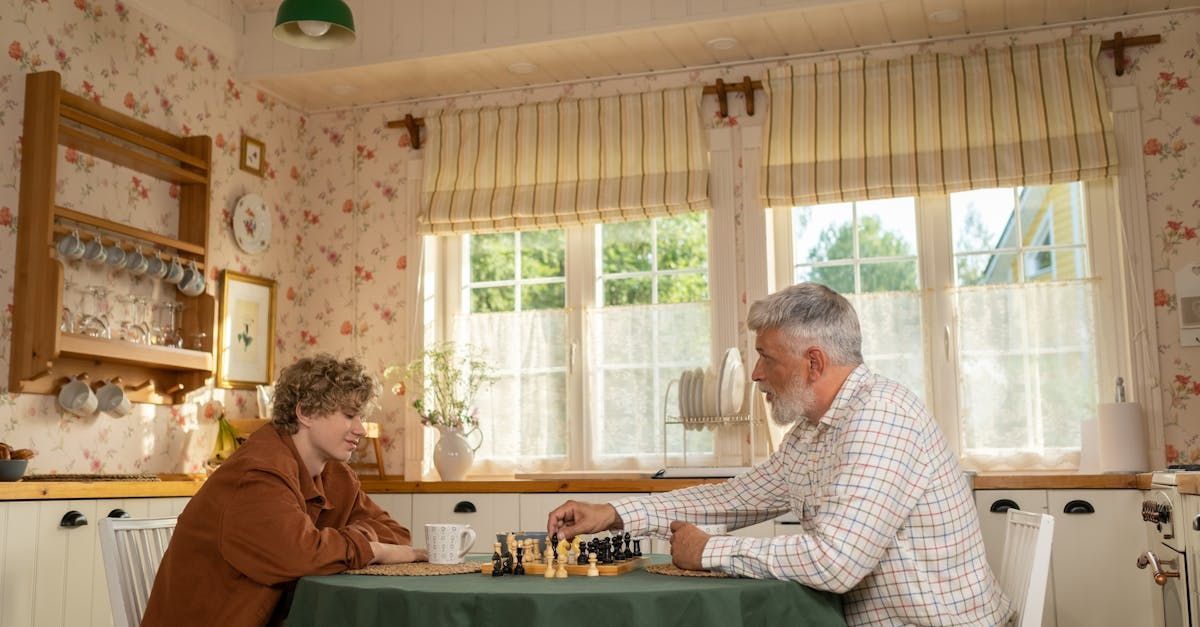Dying with Social Media Accounts: Preserving Your Digital Legacy
Social media accounts have become an integral part of our identities, capturing moments, thoughts, and connections that define our lives. Platforms like Facebook, Instagram, and LinkedIn offer features to memorialize accounts, ensuring that digital legacies are preserved and managed according to the wishes of the deceased. However, transferring or managing social media accounts after death presents unique challenges due to privacy policies and account access restrictions. In this blog post, we'll explore the complexities of handling social media accounts after death and provide a step-by-step guide to setting up memorialized accounts and making final posts.
The Problem: Transferring Social Media Accounts
Social media accounts present distinct challenges when it comes to inheritance. Some of these challenges include:
- Privacy Policies and Access: Each platform has its own privacy policies that govern access to accounts after death, often restricting transferability and access by heirs.
- Emotional Considerations: Social media profiles contain personal memories and interactions that can be emotionally charged, requiring sensitive handling by survivors.
- Platform-Specific Features: Different platforms offer unique features for memorializing accounts, which can be complex to navigate without prior planning.
Social Media Statistics: The Growing Importance of Digital Identities
Social media usage continues to grow, with over 4.9 billion active users worldwide as of 2023. Platforms like Facebook and Instagram have become digital repositories of personal histories, while LinkedIn profiles often reflect professional achievements and connections. As these platforms play a larger role in our lives, addressing the management of social media accounts after death becomes increasingly important.
The Solution: Ensuring Proper Management of Social Media Accounts
To ensure the smooth management of your social media accounts after death, consider the following steps:
Step 1: Inventory Your Social Media Accounts
Begin by creating a comprehensive inventory of your social media accounts, including:
- Platforms and usernames (e.g., Facebook, Instagram, LinkedIn)
- Account login credentials and associated email addresses
- Any special instructions for each platform regarding memorialization or account management
Step 2: Secure Access Credentials
Ensure that all access credentials are stored securely:
- Use a password manager to keep track of usernames, passwords, and security questions for each account.
- Consider creating a master document that outlines your social media accounts and how to access them.
Step 3: Understand Platform-Specific Memorialization Features
If you do not wish to close your account upon your death, familiarize yourself with the features and policies of each social media platform for setting memorialized:
- Memorialized Accounts: Facebook allows profiles to be memorialized, preserving the account as a tribute space. Users can designate a legacy contact to manage certain aspects of the memorialized account. Learn more here: https://www.facebook.com/help/1017717331640041
- Final Posts: You can create a final message or post that your legacy contact can publish on your behalf after your passing.
- Memorialized Accounts: Instagram can memorialize accounts upon request, freezing the profile and preventing changes. A legacy contact feature is not currently available, so pre-planning is essential. Learn more here: https://help.instagram.com/231764660354188?helpref=faq_content
- Final Posts: Consider pre-writing a message that a trusted friend or family member can post on your behalf.
- In-Memoriam Status: Only users authorized to act on behalf of a deceased member and have the required information and documentation can close an account. If not authorized, you can report a member deceased to memorialize their profile. Learn more here: https://www.linkedin.com/help/linkedin/answer/a1336663/memorialize-or-close-the-account-of-a-deceased-member
- Final Posts: Pre-plan a professional farewell message that a trusted contact can share on your behalf if desired.
Step 4: Develop a Legal Plan
Include your social media accounts in your estate planning:
- Specify how you would like your social media accounts to be managed or memorialized in your will or trust.
- Designate a trusted individual to manage the transfer or memorialization of these accounts, ensuring they have the necessary knowledge and access.
Step 5: Educate Your Beneficiaries
Ensure your heirs understand the nature of social media accounts and how to manage them:
- Provide educational resources or training to help them navigate the memorialization process.
- Consider having a discussion to explain your plans and the steps they need to take.
Step 6: Regularly Update Your Plan
As social media platforms evolve, it's crucial to regularly review and update your estate plan:
- Stay informed about changes in privacy policies and memorialization features affecting social media accounts.
- Update your inventory and transfer plan as you create new accounts or platforms introduce new features.
Conclusion
Social media accounts are valuable reflections of our personal and professional identities, requiring thoughtful consideration in estate planning. By taking proactive steps to secure and plan for the management of your digital legacies, you can ensure that your social media presence is preserved and passed on to your loved ones. Don't leave your heirs unprepared—plan today to protect your valuable digital identities for the future.

